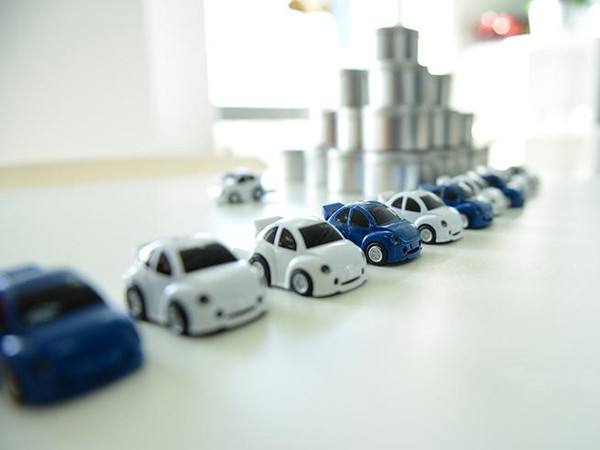
“In 2017, the new energy industry began to survive the elimination of the fittest. I think it is the first year of differentiation. The starting point of the (30,000-kilometer-subsidy) policy is good, but it causes great operating pressure on the company.†January 20, 2008 Hongsheng admitted in an interview with the Economic Observer Online reporter that the "30,000-kilometer subsidy" policy is not scientific and has a huge impact on the industry. "We call for classification management of electric vehicles, not one size fits all."
In order to completely block the “deception†loophole, on December 29, 2016, the Ministry of Industry and Information Technology issued the “Circular on Adjusting the Financial Subsidy Policy for the Promotion and Application of New Energy Vehicles†(hereinafter referred to as the “Noticeâ€), requesting non-private users to purchase new energy. The accumulated mileage of the vehicle must exceed 30,000 kilometers to receive state subsidies and be implemented on January 1, 2017. One year after the implementation of this policy, the industry has a huge impact.
Huang Hongsheng said that some companies have been greatly affected by the 30,000-kilometer policy. “First, due to the longer subsidy time, the cost of capital is very high; secondly, the market environment is not as good as expected.†Huang Hongsheng told the Economic Observer Online. "Products other than buses are particularly affected." Many new energy companies are affected by the 30,000-kilometer policy, which brings a lot of financial pressure. The pressure is transmitted from the upstream to the downstream, and finally to the battery company. The battery is the most expensive core component of the electric vehicle.
The Kaiwo Group is a transformation of the founder of Skyworth Group Huang Hongsheng after 2011. Kaiwo Motor Group was established in 2010. Its core member companies include Nanjing Jinlong Bus Manufacturing Co., Ltd., Shenzhen Kaiwo Automobile Co., Ltd., Wuhan Kaiwo New Energy Automobile Co., Ltd., and Nanjing Chuangyuan Tiandi Power Technology Co., Ltd., etc. Kaiwo Motors is currently planning for an overall listing and is expected to submit a listing application to the China Securities Regulatory Commission in 2018.
“KaiWo Automobile has also been under financial pressure. We have resolved through financial products, and other companies have also chosen to securitize assets.†Tang Lei, Director of the Automotive Finance Department of Kaiwo Automotive, briefed the Economic Observer Online. Dong Xuanzhi, vice president of Nanjing Jinlong and general manager of the Light Vehicle Division, said that according to different models, subsidies for new energy vehicles account for about 20%-40% of the selling price of automobiles. According to the 30,000-kilometer travel requirement, buses will take about 10 months, while other models may take at least 20 months.
“The completion of a 30,000-kilometer operating mileage requirement in 10-20 months means that new energy companies will not receive subsidies until the vehicles are sold for 2 years. During this period, most car companies are first to advance funds, 2 The cost of funds during the year is probably between 15% and 20%. This financial pressure is very heavy for new companies and small businesses, said Dong Yuzhi.
Dong Yuzhi said that due to financial pressures, some new companies have violated the laws of automobile development in 2017 and created some “products that cannot be usedâ€. "The enterprises with weak capital capabilities have seen a decline in their market rates and competitiveness in the past year," said Dong Qizhi. In order to repatriate funds, Kaiwo Motors required the customer to complete the 30,000-kilometer travel request within 15 months.
In 2017, the financial report of new energy listed car companies showed that the company’s revenue and profits all declined in different degrees compared to last year. The announcement of Ankai Bus in 2017 shows: “In the first half of the year, the loss was nearly 30 million yuan, and subsidies for new energy vehicles were 2.24 billion yuan.†The main reason for the decline in the profits of these companies is that the receivables of new energy vehicles have increased significantly.
Special Gear,Best Pricing Cobalt Trioxide,Best Pricing Available,Best Pricing Special Gears
Taizhou Hongxiang Power Machinery Co.,Ltd , https://www.hxcamshaft.com